I can’t think of a better way to quell the winter blues than to participate in the Great Backyard Bird Count. First launched in 1998, the count is an inter-organizational effort between the National Audubon Society, the Cornell Lab of Ornithology and Birds Canada. In 2013, the GBBC went global, making it the world’s largest community science project. The best part is that anyone can participate!
Participating
The count takes place in mid-February for four days. During this time, people spend time alone or with friends, visiting their favorite places while keeping track of the birds they encounter. If you have a bird feeding station, you can count from the comfort of your home. You can also take a walk with friends through your favorite park or drive a section of your neighborhood, identifying and counting all the birds that you see and hear. If you’re going to participate, a minimum of only 15 minutes is required during the four days, though most people spend hours each day making lists.
Data
These bird lists, collected by citizen scientists like you and me, are submitted online and compiled into a database to be analyzed for scientific research. There is so much information to be gleaned from the thousands of checklists that are submitted each year. The GBBC has been effective at raising awareness about the changes in habitats and populations of some of our most common bird species.
By scrutinizing the data, scientists can detect early signs that individual species might be declining or increasing in numbers. The location of bird species on people’s lists might divulge clues that their ranges are expanding or shrinking. Notable changes that stand out could indicate that serious environmental changes are occurring and should be investigated. Researchers can also look at simple things, such as which species inhabit cities compared to natural areas.
Participation in this event grows annually. Last year, there were 642,003 global participants, encompassing 210 countries or subregions. A whopping 384,416 checklists were submitted which included 7,920 different species of birds. In addition, 385 community events were reported worldwide.
2025
This year’s Great Backyard Bird Count will take place Feb. 14-17. If you are interested in participating, you can visit the main website link at www.birdcount.org/ for details. Check with your local park district to see if they are conducting an event that you can join, or simply count on your own. If you don’t have a computer, ask a friend to enter the data for you.
Helping Tami
I have participated in this count since its inception, and it has become one of my favorite winter traditions. This year, I will be spending some time at Nature Lover’s Nest, an Amish-owned bird store with an overwhelming bird-related inventory and an amazing bird-feeding viewing area. If you live in the area, feel free to stop by the store and help me tally birds on Friday, Feb. 14, from 9-11 a.m. or Saturday, Feb. 15, from 9 a.m. to noon. The store is located at 17169 Swine Creek Road, Middlefield, Ohio.
Taking part in the Great Backyard Bird Count results in a sense of pride and accomplishment. No single scientist or group of researchers could possibly begin to uncover the constantly changing populations or complicated patterns of bird species throughout the world on their own. As a citizen scientist, your observations contribute to a bigger story, one that comes together with others like pieces of a puzzle. Every checklist submitted is a valuable tool. Suffice it to say, the future of birds is in our hands.







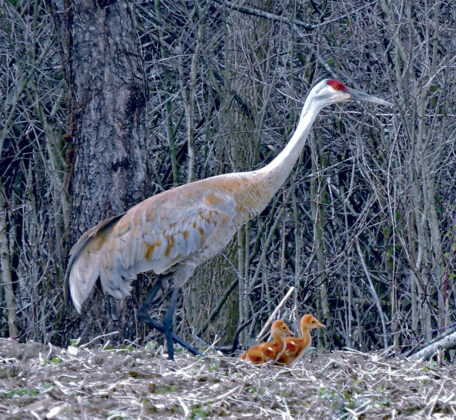

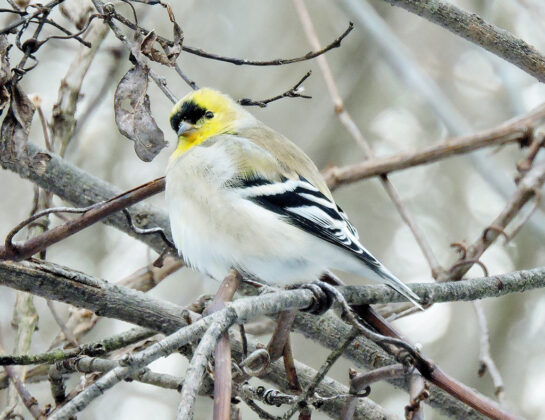
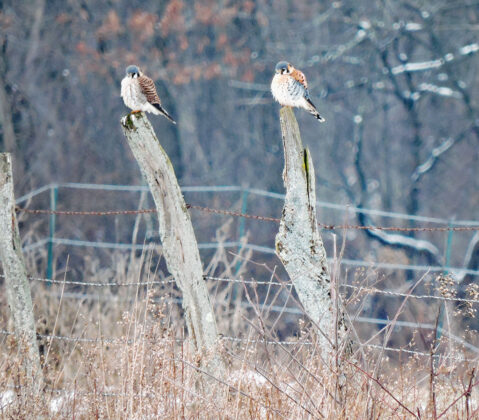
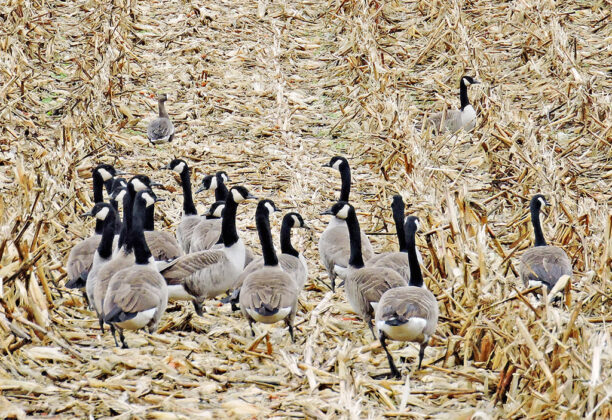

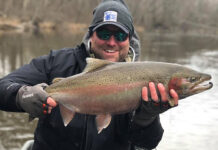






Hey Tami-
Last year was my first bird count. I have been a bird enthusiast since a small child.
We have several feeders in our yard near the front of our house.
I counted my local neighbor songbirds and non-natives.
I will be doing the same this year.
Vicki Weinrich